My account
Get into your account.
Hot topics
Debasish Banerjee’s Journey from Medical Rep to Chief Compliance Officer
For a person wanting to be a doctor, my...
What my Sabziwali taught me about the Internet, Mobile Health & Smartphones
It’s very common for a pharma professional having neighbors, friends and relatives to engage in conversation over medicines. One such conversation – a pleasant surprise – which intrigued me to dig deep into internet dynamics was one with the local roadside Sabziwali.
The Pill is Now a Commodity – Can ‘Beyond the Pill’ Models Work in India?
The pill is now a commodity that many of these companies provide at heavy discounts, making money off everything ‘beyond the pill’. Investors are betting heavily on the potential of technological innovation to transform the way healthcare is delivered.
The Economic Times reported that in 2021, India recorded investments of $77 billion across 1,266 deals including 164 large deals worth $58 billion. While the money reduced in 2022, the reason wasn’t a lack of faith in this business model.
Meanwhile, the pharmaceuticals industry that is most affected by this quiet but rapid change, is grappling with its entrenched culture. Its current business is so profitable that everything else pales in comparison.
‘Build, measure, learn, build again’ – a mantra of the health tech industry is alien to pharma that doesn’t learn, build or measure after launching a product.
Pharma also thinks of its customers as doctors alone and does precious little to connect with patients, or caregivers. People who are not sick do not feature on their radar at all. These are cultural values that keep pharma focused on the pill and discourage thinking beyond it.
A social media poll conducted by MedicinMan showed almost predictable responses. 100+ respondents who work in the pharma industry in India were quite clearly divided. 48% of them wanted to know what beyond the pill actually meant, while 23% wanted to know how to execute it.
The rest felt that the ultra-competitive environment in the Indian generics market required very high share-of-voice tactics (19%), or that their customers demanded product information (9%).
Making Peace with an Unlived Life – My Journey by Deep Bhandari
The Beginning
I was at crossroads after completing computer...
An Infectious Disease Specialist Speaks to Pharma on How it Needs to Change its Approach
Key Point from the Q &A with Dr. Mandar...
Careers in Medical Device Companies
Key Insights
Thermo Fisher Scientific leads the industry with $42.88 billion...
Biologics Patent Cliff (2025–2029): A Golden Opportunity for Indian Pharma
https://www.pharmamanufacturing.com/articles/2011/095
A quiet but seismic shift is underway in global...
Zaynich and the $9 Billion Moment: A New Dawn for Indian Pharma?
A quiet but revolutionary milestone may be unfolding in...
AI and the Future of Pharma Field Sales: Boon or Bane?
India’s pharmaceutical industry runs on the strength of its...
Semaglutide – More Than Just a Patent Battle
The Delhi High Court has restrained Dr. Reddy’s and...
Careers in Medical Device Companies
Key Insights
Thermo Fisher Scientific leads the industry with $42.88 billion...
Biologics Patent Cliff (2025–2029): A Golden Opportunity for Indian Pharma
https://www.pharmamanufacturing.com/articles/2011/095
A quiet but seismic shift is underway in global...
Zaynich and the $9 Billion Moment: A New Dawn for Indian Pharma?
A quiet but revolutionary milestone may be unfolding in...
AI and the Future of Pharma Field Sales: Boon or Bane?
India’s pharmaceutical industry runs on the strength of its...
Semaglutide – More Than Just a Patent Battle
The Delhi High Court has restrained Dr. Reddy’s and...
Careers in Medical Device Companies
Key Insights
Thermo Fisher Scientific leads the industry with $42.88 billion...
Biologics Patent Cliff (2025–2029): A Golden Opportunity for Indian Pharma
https://www.pharmamanufacturing.com/articles/2011/095
A quiet but seismic shift is underway in global...
Zaynich and the $9 Billion Moment: A New Dawn for Indian Pharma?
A quiet but revolutionary milestone may be unfolding in...
AI and the Future of Pharma Field Sales: Boon or Bane?
India’s pharmaceutical industry runs on the strength of its...
Semaglutide – More Than Just a Patent Battle
The Delhi High Court has restrained Dr. Reddy’s and...
Careers in Medical Device Companies
Key Insights
Thermo Fisher Scientific leads the industry with $42.88 billion...
Biologics Patent Cliff (2025–2029): A Golden Opportunity for Indian Pharma
https://www.pharmamanufacturing.com/articles/2011/095
A quiet but seismic shift is underway in global...
Zaynich and the $9 Billion Moment: A New Dawn for Indian Pharma?
A quiet but revolutionary milestone may be unfolding in...
AI and the Future of Pharma Field Sales: Boon or Bane?
India’s pharmaceutical industry runs on the strength of its...
Semaglutide – More Than Just a Patent Battle
The Delhi High Court has restrained Dr. Reddy’s and...
Hot topics
Soft Power and the Physician
GST Special Issue carrying an interview with Sunil Attavar - CMD, Group Pharma and President, Karnataka Drugs and Pharmaceuticals Manufacturers Association (KDPMA)
IMS Health Market Reflection Report for July 2016
The Indian Pharmaceutical Market (IPM) was valued atRs. 10,025 crores in the month of July 2016 clocking a 14.7% growth over same period last year (SPLY). This was the first time ever the market crossed the 10,000 crore mark in a single month.
What about Indian Pharma?
Articles by K. Hariram, Vivek Hattangadi, Soham Wagh, Dr. Rajshri Jobanputra, and Rashesh Patel
What pharma marketers get wrong about digital
Marketers often think that everything is new in the digital world. They have simply forgotten the first principle, which is to serve the customers – to have a customer-centric view and not a product-centric one.
Is Your Field Force Sales Enabled? Are They Sales Ready?
Pankaj Gurusahani and Arun Subramanian, Co-founder of Enparadigm with...
Careers in Medical Device Companies
Key Insights
Thermo Fisher Scientific leads the industry with $42.88 billion...
Biologics Patent Cliff (2025–2029): A Golden Opportunity for Indian Pharma
https://www.pharmamanufacturing.com/articles/2011/095
A quiet but seismic shift is underway in global...
Zaynich and the $9 Billion Moment: A New Dawn for Indian Pharma?
A quiet but revolutionary milestone may be unfolding in...
AI and the Future of Pharma Field Sales: Boon or Bane?
India’s pharmaceutical industry runs on the strength of its...
Semaglutide – More Than Just a Patent Battle
The Delhi High Court has restrained Dr. Reddy’s and...
Careers in Medical Device Companies
Key Insights
Thermo Fisher Scientific leads the industry with $42.88 billion...
Biologics Patent Cliff (2025–2029): A Golden Opportunity for Indian Pharma
https://www.pharmamanufacturing.com/articles/2011/095
A quiet but seismic shift is underway in global...
Zaynich and the $9 Billion Moment: A New Dawn for Indian Pharma?
A quiet but revolutionary milestone may be unfolding in...
AI and the Future of Pharma Field Sales: Boon or Bane?
India’s pharmaceutical industry runs on the strength of its...
Semaglutide – More Than Just a Patent Battle
The Delhi High Court has restrained Dr. Reddy’s and...
Careers in Medical Device Companies
Key Insights
Thermo Fisher Scientific leads the industry with $42.88 billion...
Biologics Patent Cliff (2025–2029): A Golden Opportunity for Indian Pharma
https://www.pharmamanufacturing.com/articles/2011/095
A quiet but seismic shift is underway in global...
Zaynich and the $9 Billion Moment: A New Dawn for Indian Pharma?
A quiet but revolutionary milestone may be unfolding in...
AI and the Future of Pharma Field Sales: Boon or Bane?
India’s pharmaceutical industry runs on the strength of its...
Semaglutide – More Than Just a Patent Battle
The Delhi High Court has restrained Dr. Reddy’s and...
Careers in Medical Device Companies
Key Insights
Thermo Fisher Scientific leads the industry with $42.88 billion...
Biologics Patent Cliff (2025–2029): A Golden Opportunity for Indian Pharma
https://www.pharmamanufacturing.com/articles/2011/095
A quiet but seismic shift is underway in global...
Zaynich and the $9 Billion Moment: A New Dawn for Indian Pharma?
A quiet but revolutionary milestone may be unfolding in...
AI and the Future of Pharma Field Sales: Boon or Bane?
India’s pharmaceutical industry runs on the strength of its...
Semaglutide – More Than Just a Patent Battle
The Delhi High Court has restrained Dr. Reddy’s and...
MedicinMan was launched in 2011 as India’s 1st Magazine dedicated to the cause of Field Force Excellence in Pharma and Devices.
Read More
Headlines
Careers in Medical Device Companies
Key Insights
Thermo Fisher Scientific leads the industry with $42.88 billion...
Biologics Patent Cliff (2025–2029): A Golden Opportunity for Indian Pharma
https://www.pharmamanufacturing.com/articles/2011/095
A quiet but seismic shift is underway in global...
Zaynich and the $9 Billion Moment: A New Dawn for Indian Pharma?
A quiet but revolutionary milestone may be unfolding in...
AI and the Future of Pharma Field Sales: Boon or Bane?
India’s pharmaceutical industry runs on the strength of its...
Newsletter
Get important news delivered directly to your inbox and stay connected!



